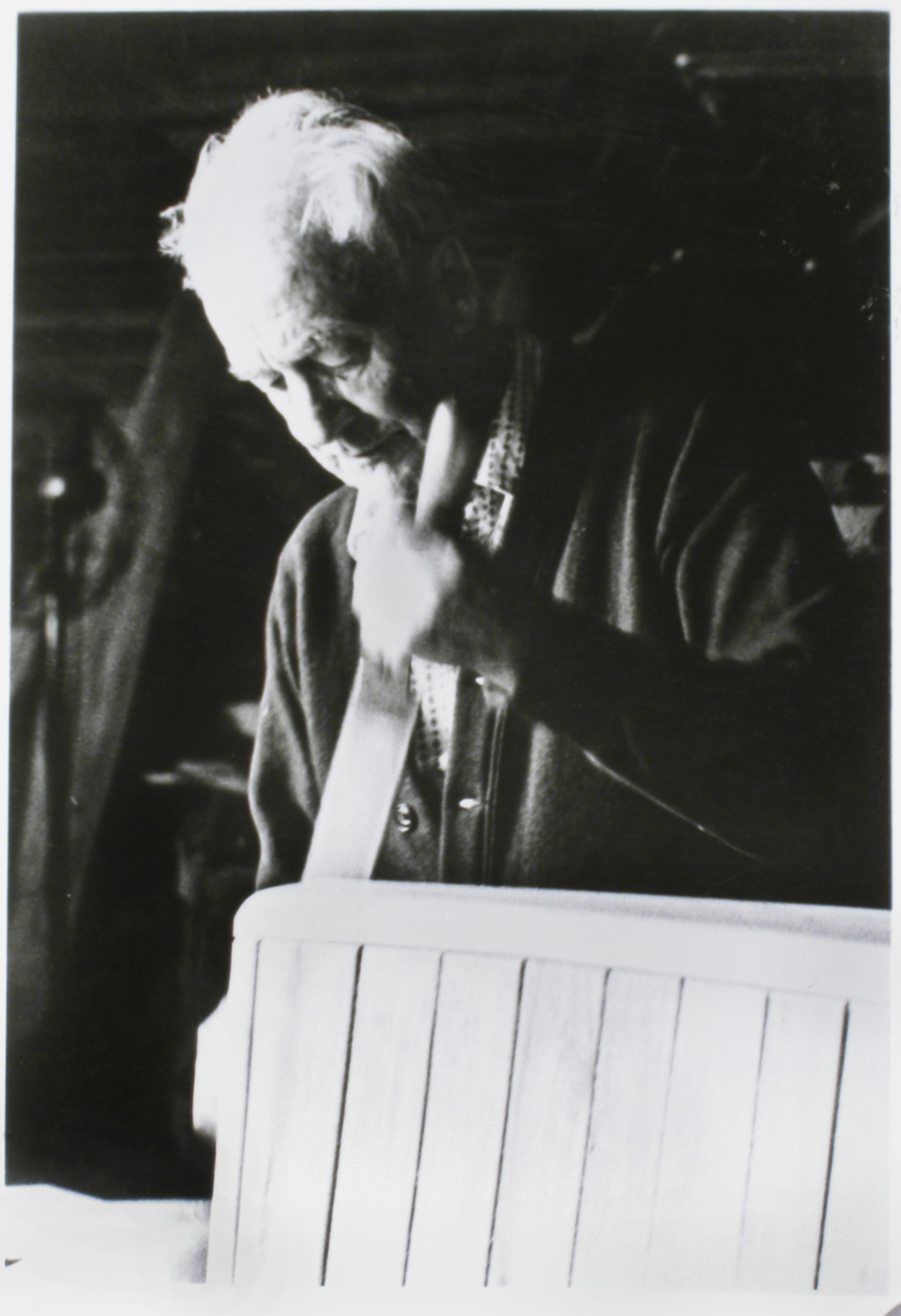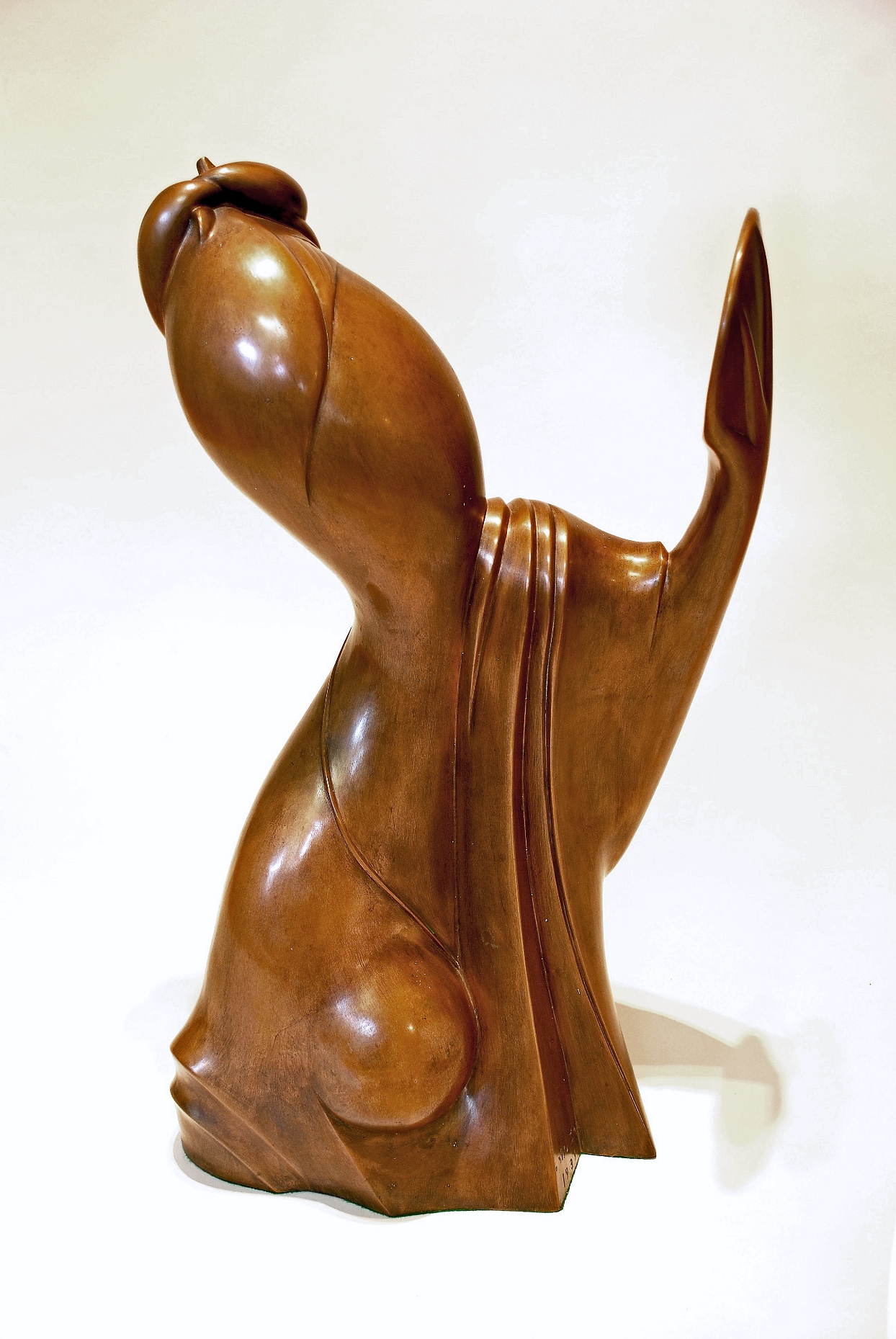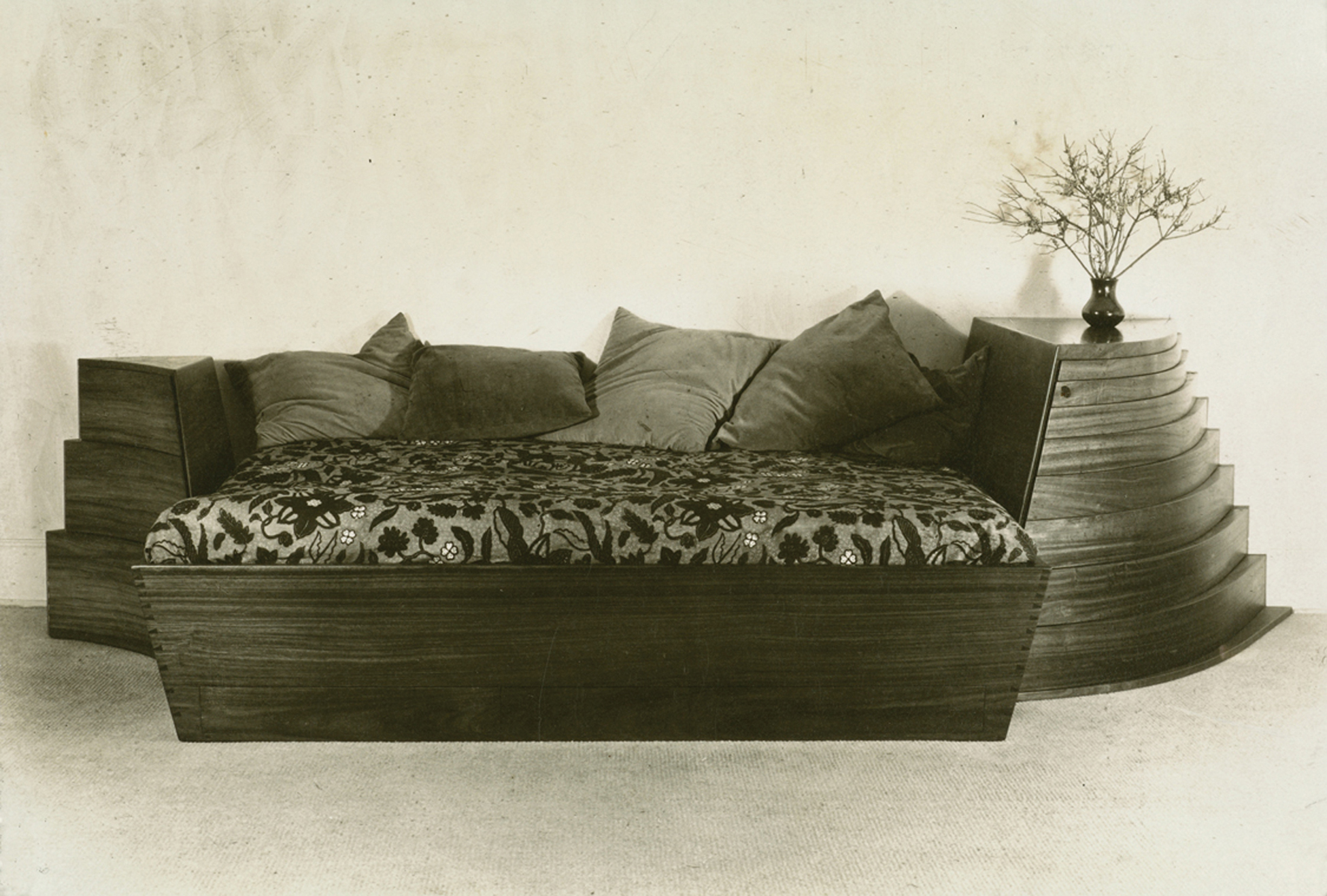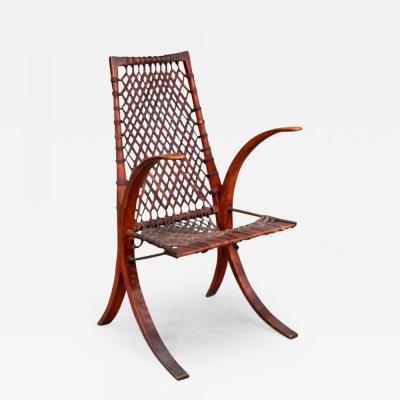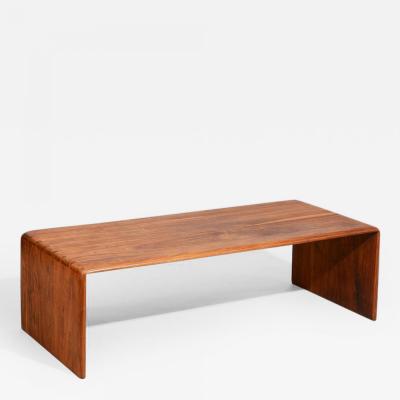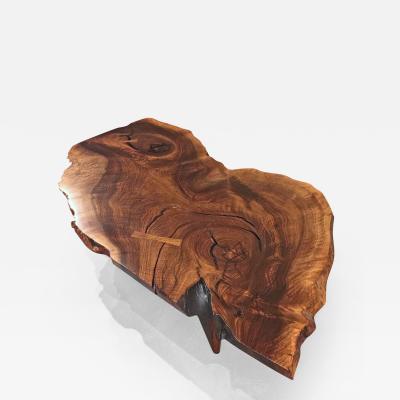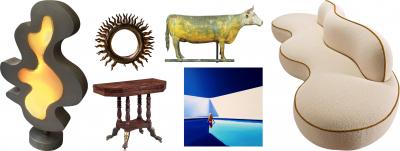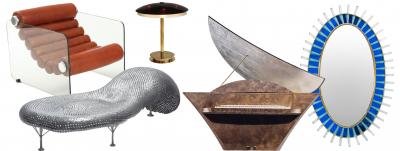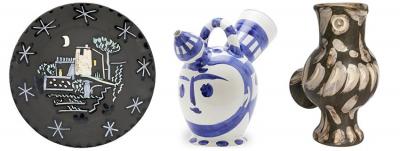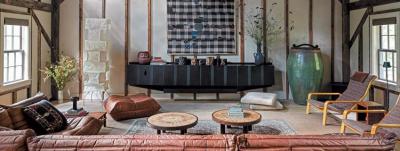Wharton Harris Esherick: The Invention of Sculptural Furniture
This story was originally published on the occasion of Wharton Esherick (1887-1970): The Rose and Nathan Rubinson Collection, which ran at Moderne Gallery April 17-September 6, 2015.
Revered as the “Dean of American Craftsmen,” Wharton Harris Esherick played a pivotal role in establishing the American Studio Furniture Movement. A visionary in the truest sense, Esherick was the first craftsman to approach furniture as sculpture -- a notion that influenced an entire generation of designer-craftsmen, including Arthur Espenet Carpenter, Sam Maloof, and Wendell Castle.
A trained painter and printmaker, Esherick’s fascination with wood began in 1920, when he started carving designs on the frames for his paintings. Soon, he was carving woodcuts and crafting sinuous organic sculptures, furniture, and architectural interiors, which bridged the gap between art and craft. In 1926, at a time when there were no organizations of furniture makers, no magazines that promoted their work, and very little public interest in “art” furniture, Esherick established an arts and crafts style studio in Paoli, Pennsylvania. Over the next fifty years, Esherick created wooden works that ranged from biomorphic forms to sharp edged Expressionist pieces and the undulating furniture that he is best known for today. Esherick primarily worked on commission, creating pieces for devoted patrons, and as a result of these intimate exchanges, his work seldom come to market.
Starting on Friday, April 17, 2015, Philadelphia’s Moderne Gallery, which is lauded as the leading American Studio Furniture gallery in the United States, will offer furniture, sculptural objects, sculpture, and woodcuts from the Merion, Pennsylvania, home of Esherick patrons Rose and Nathan Rubinson. Additional works from other private collections will be included in Wharton Esherick (1887-1970): The Rose and Nathan Rubinson Collection. Most pieces included in the monumental show and sale come from the original owners and have never before been exhibited or available for purchase.
Robert Aibel, Moderne Gallery’s Founder and Director, first came across Esherick’s work sometime in the 1980s and the gallery presented its first Esherick show in 1996. According to Aibel, “We basically had to wait sixteen years to be able to put together enough for a show since his output is so unusual and rare.” The Moderne show, which was the largest exhibition of Esherick’s work since his one-man retrospective at the American Craft Museum in 1959, jumpstarted the public’s interest in the craftsman. Aibel says, “He was so esoteric in 1996 that nobody knew much about his work except for museum curators and woodworkers. Now, the market has grown significantly in terms of the number of people interested in Esherick’s work and the prices that they’re willing to pay as he becomes more and more known.”
A number of works from the Rubinsons collection were presented in Moderne Gallery’s 1996 show. The couple was preparing to move to a retirement home and needed to downsize. The Rubinsons, who met Esherick around 1950 through an artist friend, developed a longstanding relationship with the craftsman and ultimately became his best patrons. According to Aibel, “Rose and Nathan were in a sense supporting Wharton through their purchases. He was never a rich man and he needed this kind of patronage. They just kept buying and buying -- their whole house was filled. In addition to furniture, they purchased hundreds and hundreds of woodcuts from him.”
The works featured in The Rose and Nathan Rubinson Collection are being offered by the couple’s grandson. Aibel says, “We’ve had an opportunity to present the Rubinsons’ entire collection and this time we wanted to memorialize their relationship with Wharton, their many years of collecting, and their role as major patrons and supporters of Esherick’s career. Calling the show and sale The Rose and Nathan Rubinson Collection allows us to recognize their significance.” The show’s major highlight is Esherick’s original iconic Music Stand, made in 1951 for Rose, who was a cellist. Aibel says, “It’s the music stand that changed every music stand made after it.”
Other noteworthy works include one of two examples of Esherick's important early bronze sculpture The Actress (1939). The original sculpture, a beautiful piece in wood, resides in the Wharton Esherick Museum along with the other bronze edition. Other pieces from the Rubinson Collection include chairs, a dining table, cabinets, coffee tables, wall lights, woodcuts, and more. Significant works from other private collections include hammer handle chairs, wagon wheel chairs, stools, and an important daybed made for the photographer Marjorie Content. The piece, which features built-in chestnut drawers and a telephone stand, was well-published at the time and earned considerable recognition. It remained in the Content family’s collection until now.
The Rose and Nathan Rubinson Collection show and sale at Moderne Gallery comes at an important time, with renewed attention focused on Esherick. A documentary about the life and work of the seminal craftsman is currently being produced by Carolyn Coal, a California State University, Fullerton professor and filmmaker. The Moderne Gallery opening and exhibition will be an integral part of the film. In addition, the Wharton Esherick Museum, which is housed in Esherick’s studio, recently purchased a neighboring property, including the farmhouse that was the craftsman’s first home. The museum is currently planning an expansion. “It’s a very good time for Esherick,” says Aibel.















